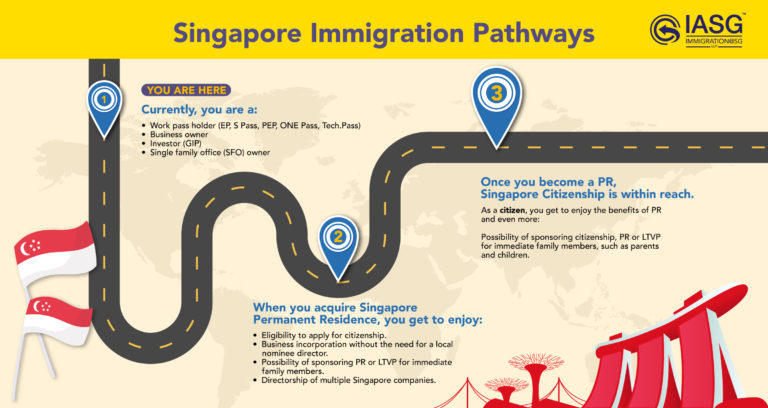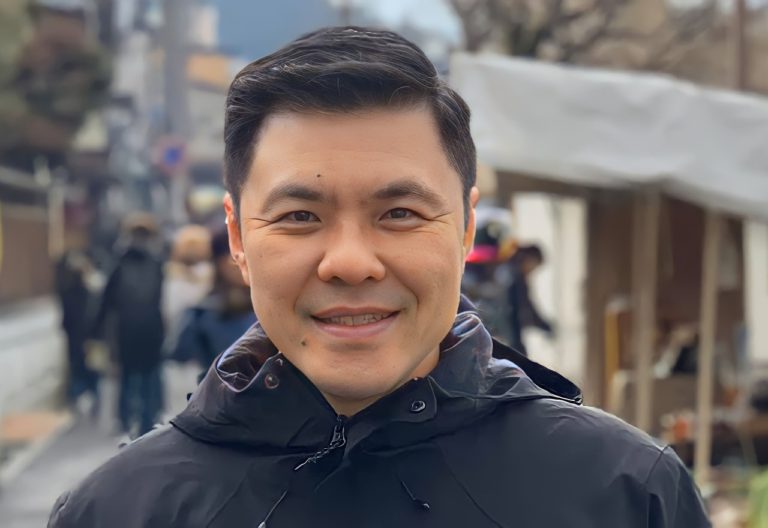Does the creative sector have a chance to flourish in Singapore? Arts courses in tertiary education are becoming more popular amongst young Singaporeans. Compared to the older generations, Gen Y (Millennial) and Gen Z are choosing to exercise their creativity and produce art as a career path – from content to paintings, theatre performances to music arrangements. Singapore has also witnessed a remarkable increase in creative consumption in the market. Nurturing this interest would offer the country an added source of revenue that not only plays a pivotal role in shaping the country’s culture and arts scene, but also contributes to its economic growth.
Size, Scope & Support of Creative Sector
Singapore’s creative industries contribute about 1.9% to the nation’s GDP and employ about 2.2% of the total workforce. The creative industries in Singapore encompass a diverse array of sectors, including design, film and media production, music production, gaming, architecture, creative writing, and digital arts such as graphic design and animation.
Since 2013, a total of $3.16 billion has been provided to the sector by the Singapore government to support creative talents, around $450m per year. The arts community receives this government funding through grants and commissions given out by relevant authorities.
In August 2022, the Ministry of Education (MOE) in Singapore announced a new private university of the arts, the University of the Arts Singapore (UAS), will open its doors in the second half of 2024. Formed by an alliance between LASALLE College of the Arts (LASALLE) and Nanyang Academy of Fine Arts (NAFA), the new university will contribute towards the arts and culture ecosystem in Singapore.
There is a huge opportunity in Singapore for the creative sector because it is still underdeveloped. For example, many independent performing talents such as singers and actors manage their own shows from the business aspects including hiring staff, event planning, management, and execution, and creating their shows. Artists have a hard time selling their art due to lack of exposure, high gallery costs, and having limited knowledge in business. Notable, successful designers in fashion, jewellery, and fragrance are rare, probably due to lack of market knowledge and marketing efforts, high demand for international brands by consumers, and an atypical career choice for most Singaporeans.
Therefore, supporting businesses that offer talent and event management services would do well in Singapore. Marketing and advertising agencies would do very well to promote talents in the creative industries as well. Other supporting businesses that profit from the creative industries such as IT, software and computer services, publishing, museums, galleries and libraries, and even tourism and hospitality.
Foreign entrepreneurs who would like to set up a company in Singapore may call +65 6493 1830 or email to info@iasg.com.sg for more information.
Talent & Workforce Dynamics
There has been considerable discussion that there has been a lack of talent in the Singapore creative and arts scene. This is due to the fact that Singaporeans typically choose careers in STEM and business fields. Creative careers are culturally looked down upon due to its lack of stable and/or high income potential and clear career progression. Based on the recent statistics of tertiary courses chosen by the young Singaporeans, this stigma is making a change. The onset of social media in the past 15 to 20 years have proven that being creative pays.
With more and more young Singaporeans choosing creative careers, there will be a positive spill-over effect on supporting professionals such as digital marketing specialists, software developers, and event promoters. Additionally, the rise of virtual and augmented reality has created a demand for professionals skilled in immersive technologies.
Integration with the Digital Economy
The creative industries in Singapore are intricately linked with the broader digital economy. As technology continues to advance, the demand for digital content, interactive media, and innovative design solutions has surged. The intersection of creativity and technology has given rise to new opportunities, with companies leveraging digital platforms to reach global audiences. An obvious example of a digital art showcase in Singapore is the Art Science Museum, a dedicated destination for an immersive art experience that combines art, science, culture and technology together.
The Need for Foreign Talent
This industry has never been developed in Singapore’s short history, reflecting its huge potential that creative talents and businesses can take advantage of. According to the Ministry of Culture, Community and Youth, attendance at arts and culture events reached an all-time high of 15.6 million in 2019, while visitorship to museums reached an all-time high of close to 9.6 million. With consistent government support in education and funding, and an increase in creative consumption, there is an abundance of opportunities to be seized.
Foreign creative talents should take advantage of Singapore’s growing art scene to help fill in the talent gap and to help mature the sector reach its potential. With Singapore’s international platform and high tourist arrivals, the exposure benefits everyone involved.
Foreigners with outstanding creative talent such as animators and fashion designers may apply for the ONE Pass. Call IASG at +65 6493 1830 or email to info@iasg.com.sg for enquiries.
Potential of the Creative Sector in Singapore
Singapore’s creative industries are growing, providing a dynamic landscape for innovation, economic growth, and cultural expression. As the nation continues to position itself as a global hub for creativity and technology, the collaborative efforts of local and international talent in the creative sector will play a crucial role in shaping Singapore’s future as a leader in the digital economy.







